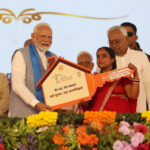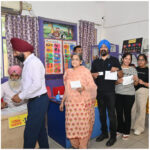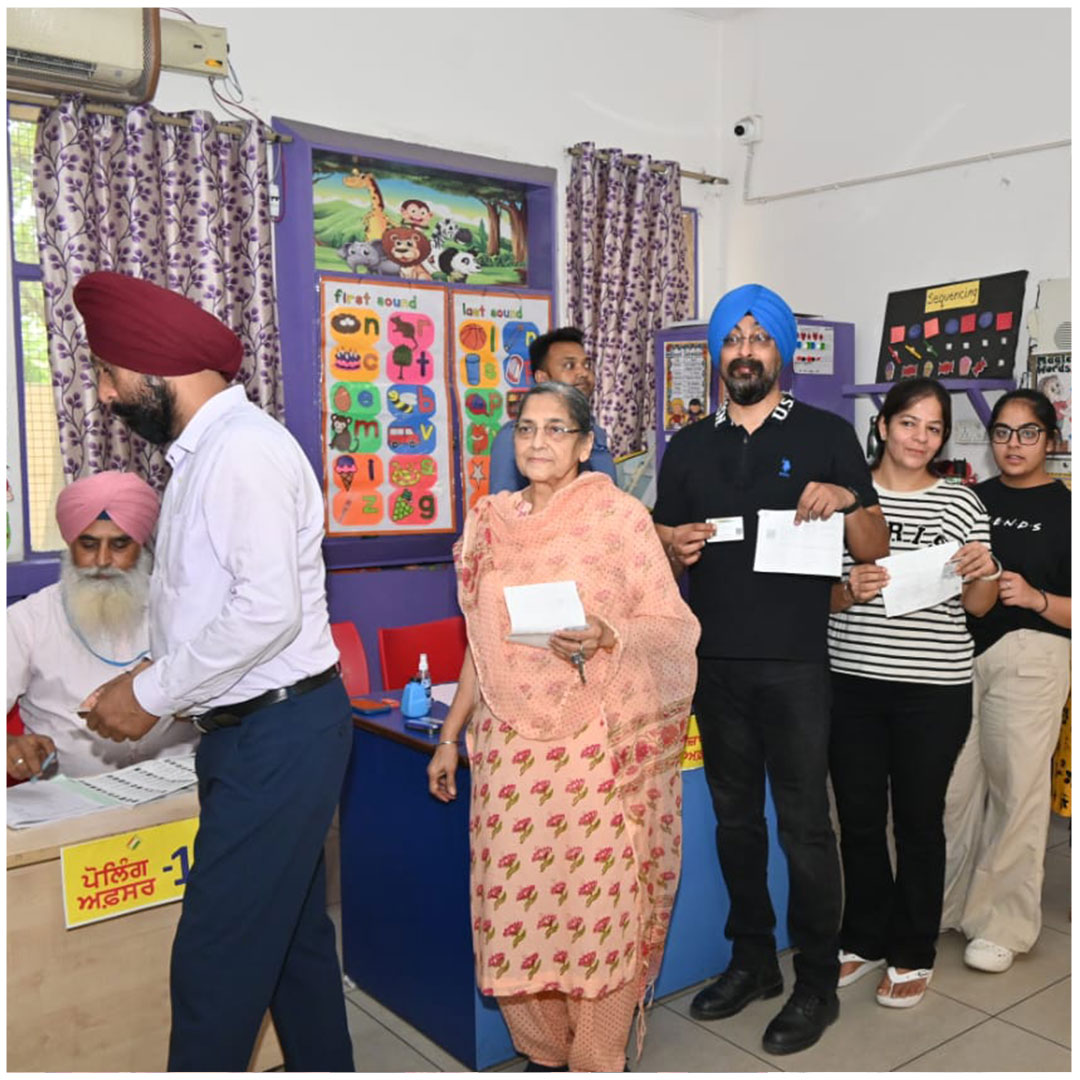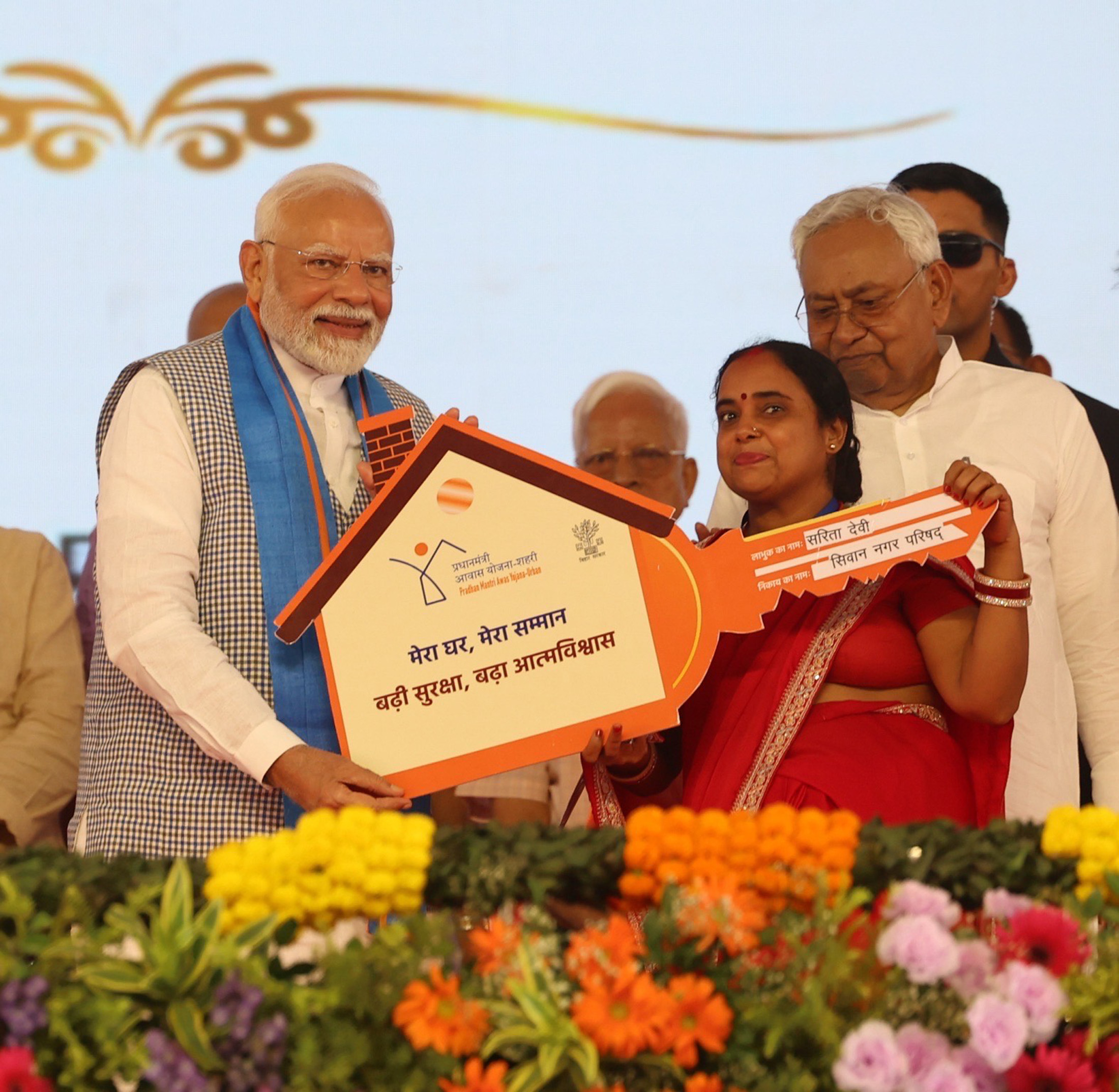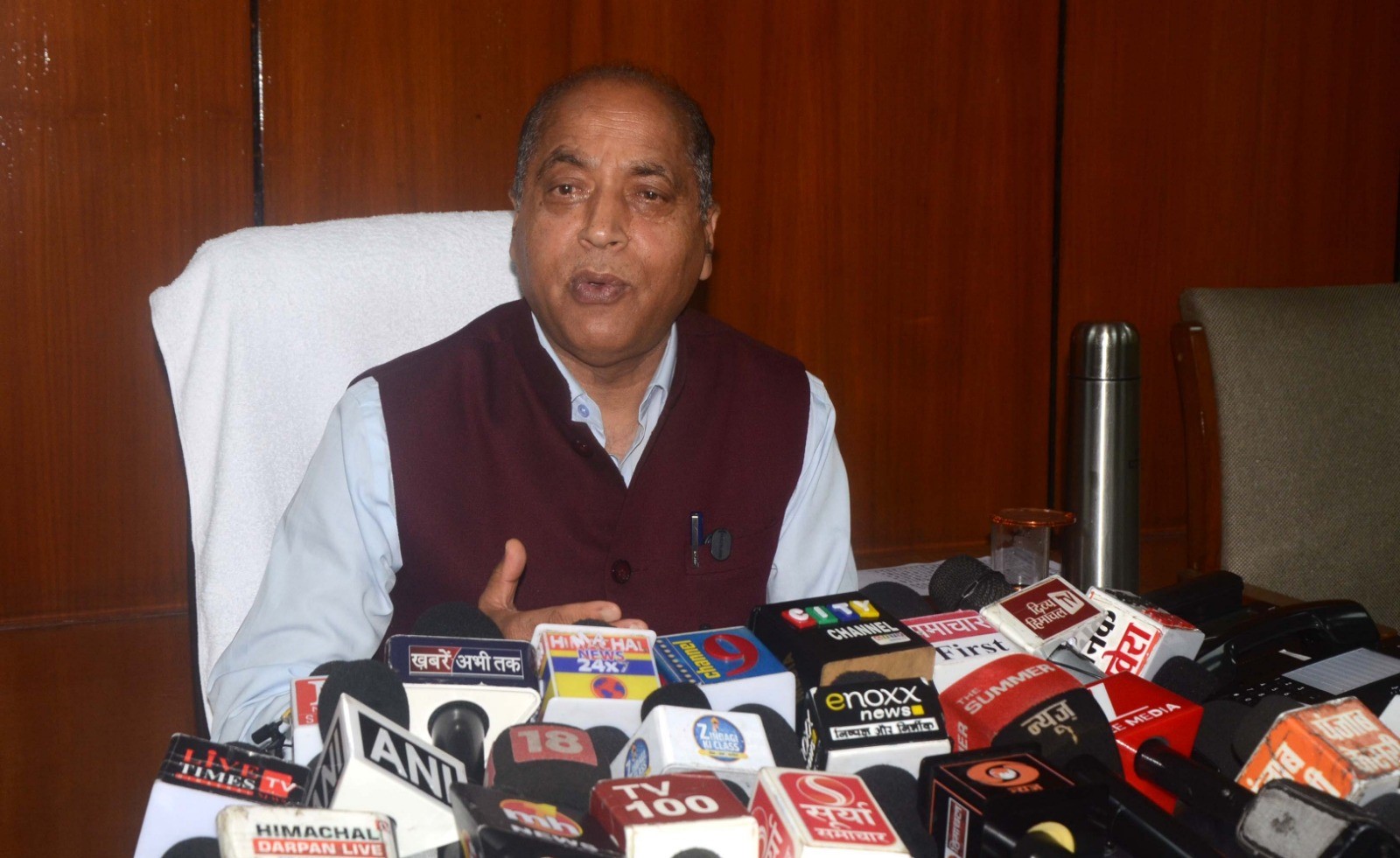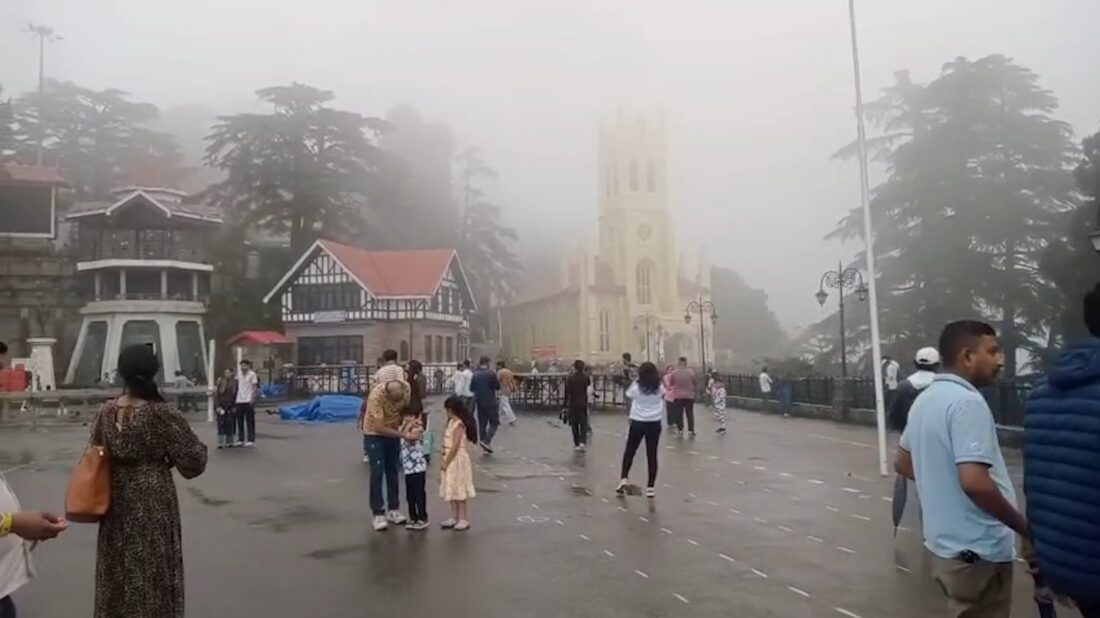Short Headline:
The North News
Chandigarh, June 19
Polling for the Ludhiana West Assembly by-election concluded smoothly on Thursday, with a voter turnout of approximately 51.33% recorded by 7pm, according to Punjab Chief Electoral Officer (CEO) Sibin C.
The polling, which began at 7am, proceeded without major disruptions. For the first time, Presiding Officers uploaded turnout data directly through the ECINET app, though CEO Sibin noted that these figures are preliminary. Final voter counts are being verified through Form 17C under Rule 49S of the Conduct of Election Rules, 1961, which were handed to polling agents at the close of the poll.
A mock poll was carried out at each of the 194 polling stations before voting began, overseen by 578 polling agents representing the 14 candidates in the fray — including one woman candidate.
As per Election Commission directions, the electoral roll underwent a Special Summary Revision with 1 April 2025 as the qualifying date. A total of 175,469 voters were registered. The rolls were published in draft on 9 April and finalised on 5 May after addressing 4,279 claims and objections. No appeals were filed under the Representation of the People Act, 1950.
To ensure transparency, 384 Booth Level Agents (BLAs) from recognised parties scrutinised the voter list preparation, supported by 192 Booth Level Officers (BLOs).
In response to ECI’s new guideline limiting polling stations to a maximum of 1,200 electors, two additional auxiliary polling booths were created. The state also introduced a mobile phone deposit facility at polling station entrances to improve voter convenience.
Additional accessibility measures included:
One all-women staff polling station
One polling station manned entirely by persons with disabilities (PWDs)
Ten model polling stations with enhanced facilities
The Electronic Voting Machines (EVMs) underwent a first-level check from 3 to 6 February, followed by commissioning on 10 June. EVM deployment was finalised through a two-stage randomisation process. Contesting candidates or their representatives were present throughout these procedures, including mock polls and VVPAT slip verifications.
Polling staff assignments were also done through a three-stage randomisation. Presiding Officers practiced 100-vote mock drills on their assigned EVMs to build familiarity and confidence.
The Commission held multiple meetings with political stakeholders — two at the CEO level, three at the DEO level, and two at the RO/ERO level — to ensure procedural transparency. Candidates were allowed to set up booths 100 metres away from polling station entrances, easing access for voters without information slips.
In a push to increase accessibility, 239 voters, including PWDs and electors over the age of 85, cast their ballots from home via postal voting, overseen by dedicated teams and candidate representatives.
Election oversight included:
1 General Observer
1 Police Observer
1 Expenditure Observer
The c-Vigil app, designed to empower citizens to report electoral violations, received 1,512 complaints, of which 1,342 were found valid and resolved — most within 100 minutes.
In a final administrative update, CEO Sibin confirmed the Election Commission has automated the Index Card generation system — a move aimed at expediting post-counting documentation and enhancing data integration.


